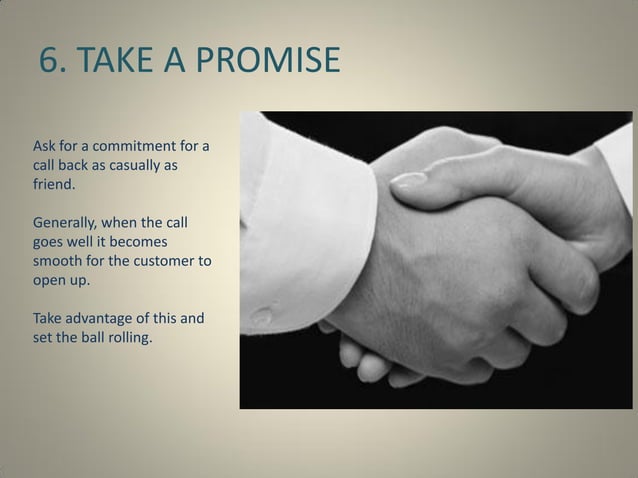Unlocking the Power of "Why": Crafting Compelling Sales Pitches for Your Product or Service
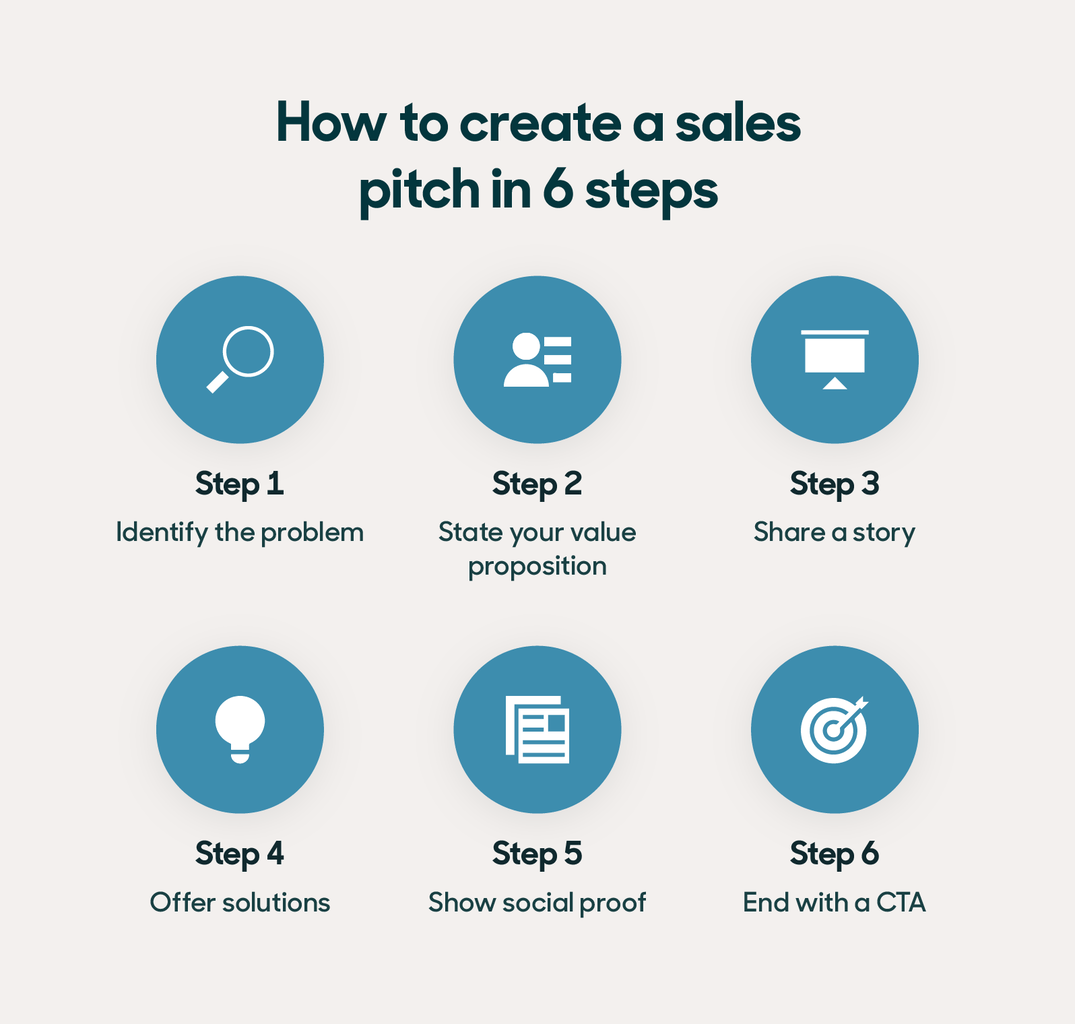
As an architect and interior design expert, I’ve spent years understanding the intricate needs and desires of clients. Whether it’s a sprawling mansion or a cozy cottage, the key to success lies in understanding what truly matters to the individual. This same principle applies to selling your product or service. You need to move beyond simply listing features and delve into the "why" behind them.
Before we dive into crafting compelling sales pitches, let’s first define your ideal customer. Who are they? What are their pain points, aspirations, and lifestyle? Once you understand your target audience, we can identify the features and benefits that resonate most deeply with them.
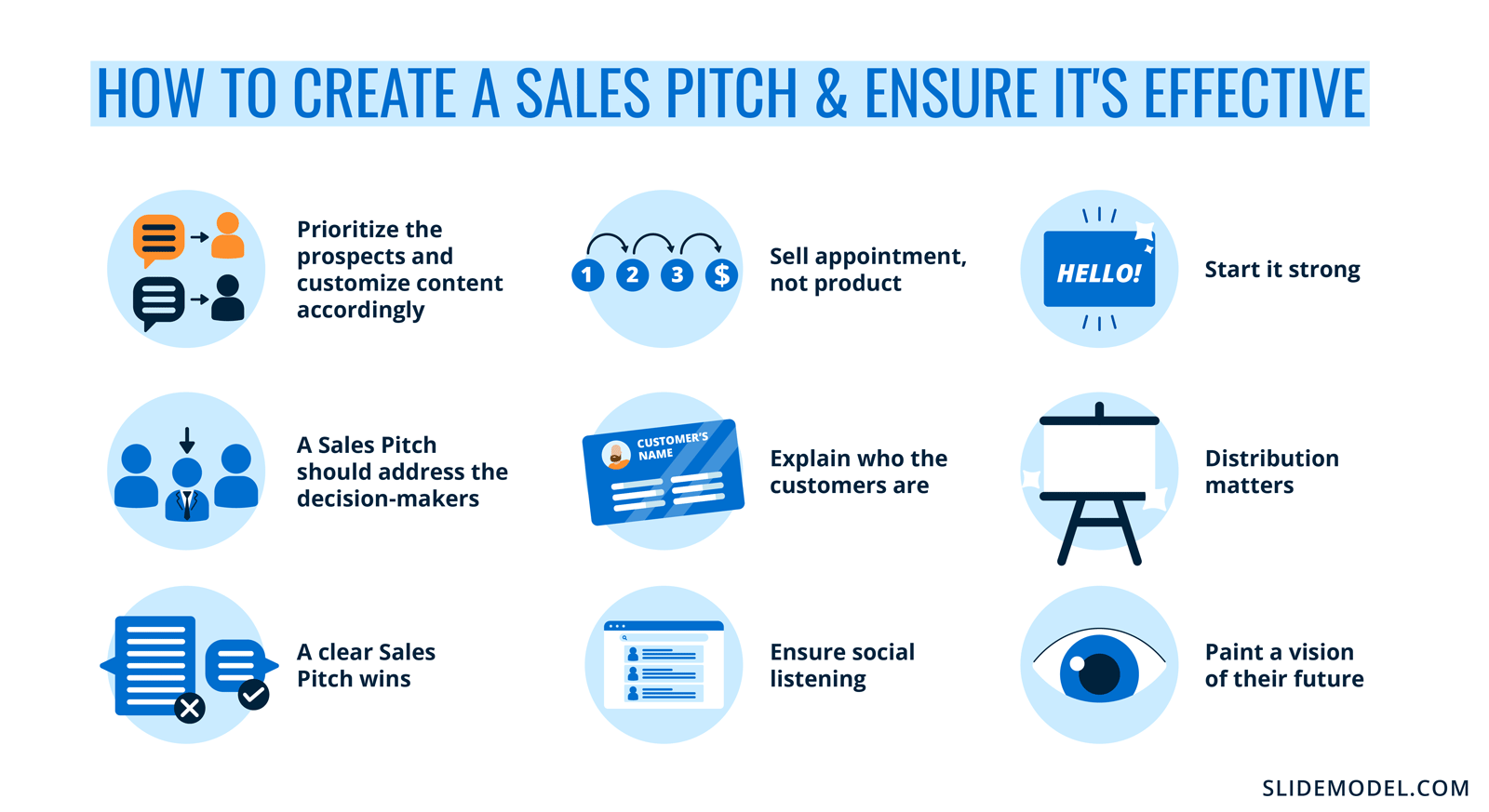
The Power of "Why": Connecting Features to Benefits
Imagine you’re selling a high-end coffee maker. You could simply list its features: "stainless steel construction," "automatic timer," "built-in grinder." But, these features alone don’t tell a story. They don’t evoke emotion or connect with the customer’s needs.
Instead, focus on the benefits these features provide:
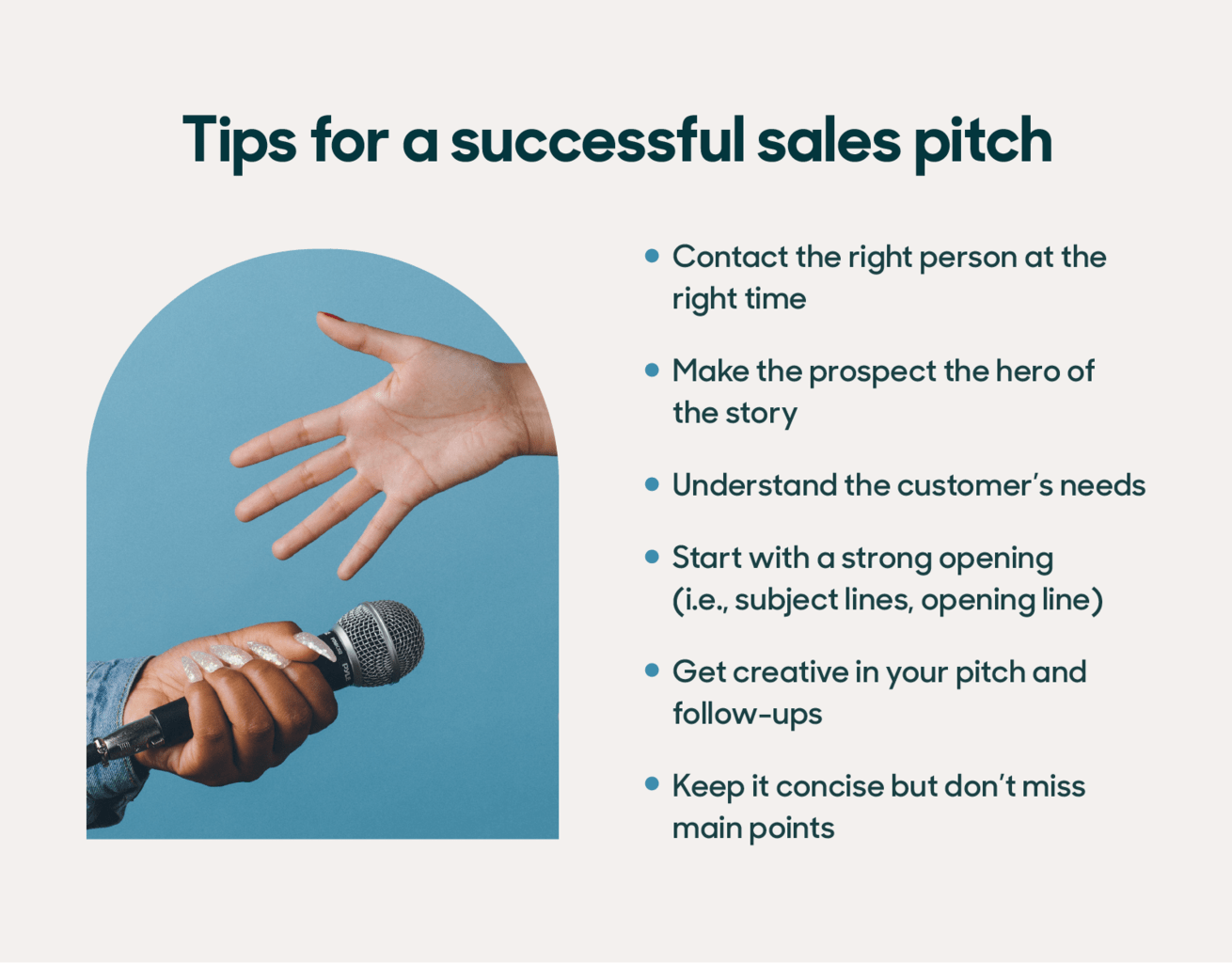
- "Stainless steel construction" becomes "Enjoy the durability and elegance of a coffee maker that will last for years."
- "Automatic timer" becomes "Wake up to the aroma of freshly brewed coffee, perfectly timed to your morning routine."
- "Built-in grinder" becomes "Experience the ultimate coffee ritual, from bean to cup, with freshly ground coffee that unlocks the full flavor potential."


This shift from features to benefits creates a more compelling narrative. You’re no longer just selling a coffee maker; you’re selling a lifestyle, a ritual, an experience.
Crafting Compelling Sales Pitches: A Step-by-Step Guide

Now that we understand the power of "why," let’s delve into crafting effective sales pitches:
1. Identify Your Ideal Customer:

- Demographics: Age, gender, location, income level, education, occupation.
- Psychographics: Values, interests, hobbies, lifestyle, personality.
- Pain Points: What challenges or problems do they face?
- Aspirations: What do they hope to achieve or experience?



2. Define Your Product or Service’s Unique Value Proposition:
- What problem does your product or service solve?
- What are its key differentiators? What sets it apart from the competition?
- How does it benefit your ideal customer? Connect the features to the customer’s needs and aspirations.


3. Develop a Story-Driven Narrative:
- Start with a compelling hook: Grab the customer’s attention with a relatable problem or an intriguing question.
- Introduce the problem: Describe the challenges your ideal customer faces and how your product or service addresses them.
- Present the solution: Clearly explain how your product or service works and what benefits it provides.
- Showcase social proof: Share testimonials, reviews, or case studies to build credibility.
- End with a call to action: Encourage the customer to take the next step, whether it’s visiting your website, booking a consultation, or making a purchase.
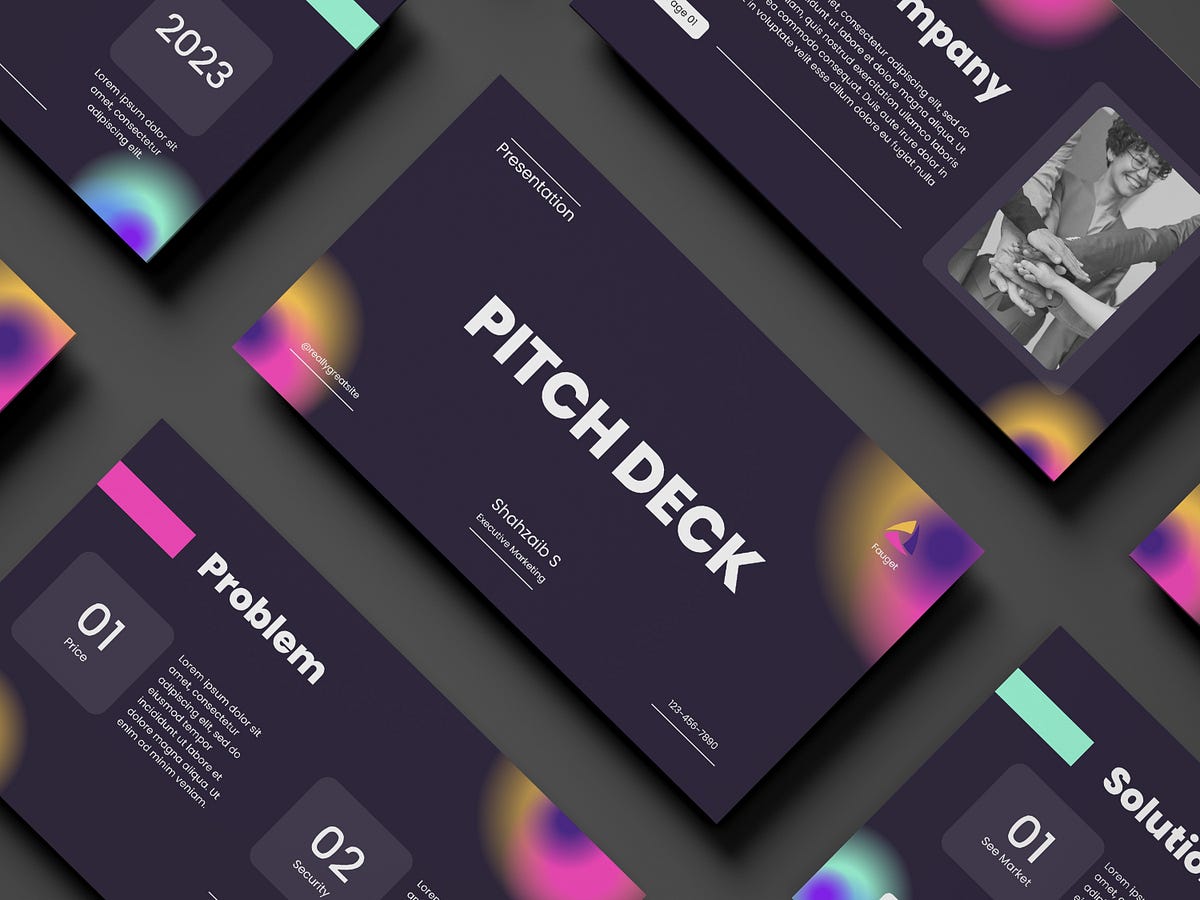
4. Choose the Right Medium:
- Website: Create a clear and concise landing page that highlights your unique value proposition.
- Social media: Engage with your target audience on platforms where they are active.
- Email marketing: Craft targeted emails that provide valuable information and promote your product or service.
- Print materials: Design brochures, flyers, or business cards that are visually appealing and informative.
- Word-of-mouth: Encourage satisfied customers to share their positive experiences.
Examples: Turning Features into Benefits
Let’s look at some examples of how to transform features into benefits for different industries:
Interior Design:
-
Feature: "Custom-designed furniture."
-
Benefit: "Create a space that reflects your unique style and personality, with furniture tailored to your specific needs and preferences."
-
Feature: "Sustainable materials."
-
Benefit: "Enjoy a beautiful and healthy home, built with eco-friendly materials that minimize your environmental impact."
-
Feature: "Virtual design consultations."
-
Benefit: "Experience the convenience and flexibility of collaborating with a design expert from the comfort of your own home."
Architecture:
-
Feature: "Energy-efficient building materials."
-
Benefit: "Reduce your energy consumption and save money on utility bills with a home designed for optimal energy performance."
-
Feature: "Open floor plans."
-
Benefit: "Create a sense of spaciousness and flow, promoting a more connected and social living experience."
-
Feature: "Smart home technology."
-
Benefit: "Enjoy increased comfort, security, and convenience with integrated home automation systems that control lighting, temperature, and appliances."
Software Development:
-
Feature: "Cloud-based platform."
-
Benefit: "Access your data and applications from anywhere, anytime, with seamless integration across all your devices."
-
Feature: "Intuitive user interface."
-
Benefit: "Enjoy a user-friendly experience that is easy to navigate and learn, even for non-technical users."
-
Feature: "24/7 customer support."
-
Benefit: "Get the assistance you need, whenever you need it, with our dedicated support team available around the clock."
Remember: The key to effective sales communication is to connect with your audience on an emotional level. By focusing on the benefits your product or service provides, you can create a compelling narrative that resonates with their needs and aspirations. This is how you truly unlock the power of "why" and transform potential customers into loyal advocates for your brand.
